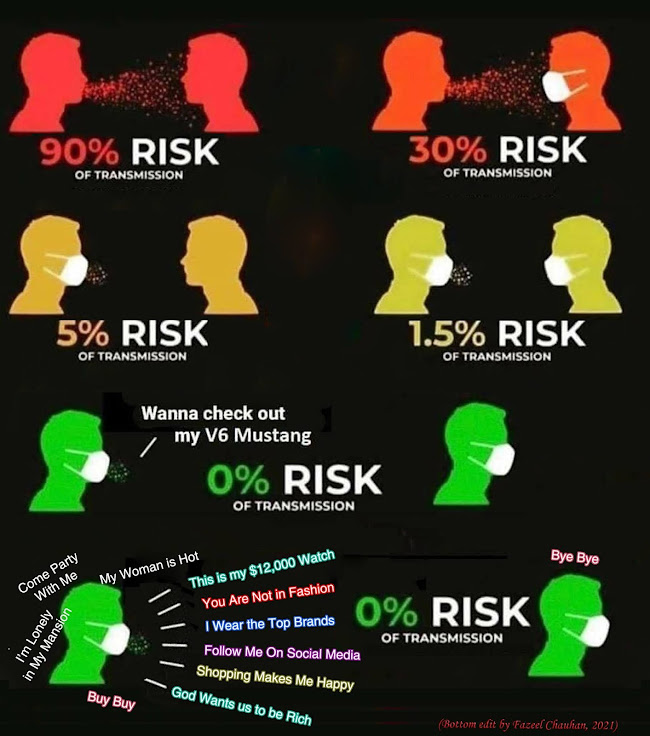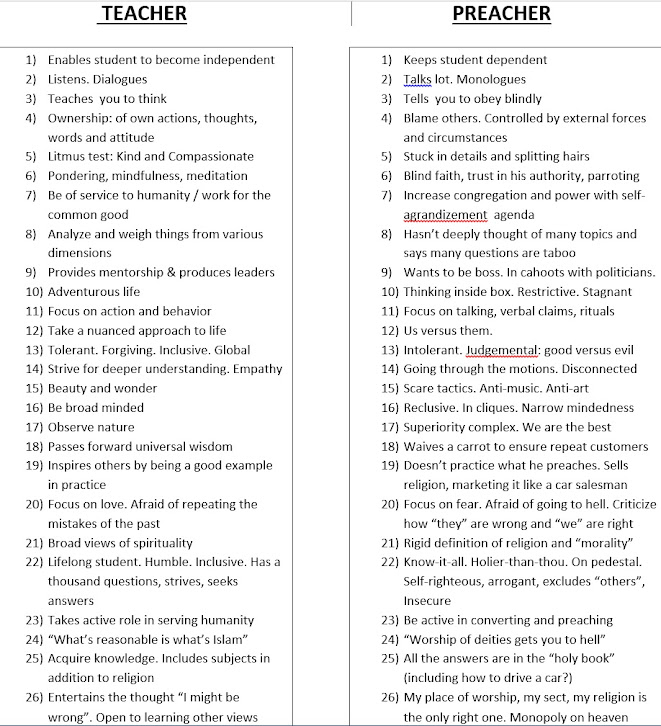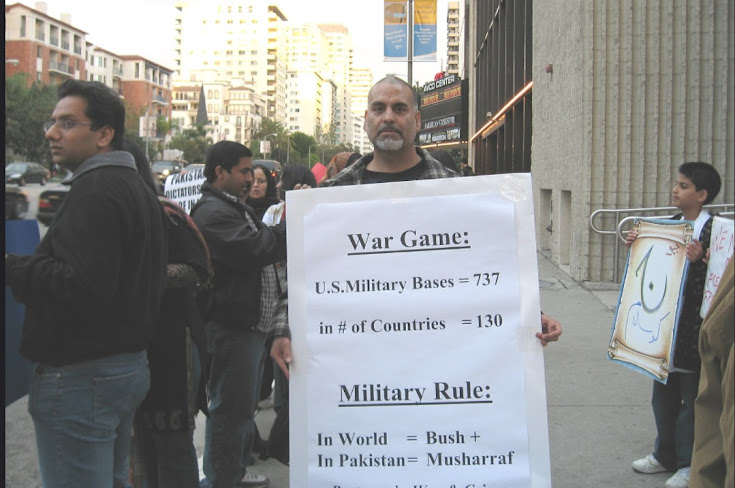When i lived in Saudi Arabia in the 1970's, my father said he had seen public executions after Jummah. He also said that some people were "whipped" with branches of the date tree. He was born in 1923 and had also been in the British army in WWII. I think this practice of whipping and caning, and "corporal" punishment is also coming from the west, and specially from colonization. "Corporal" after all is the lowest rank in the military, so I guess they become the "whipping boys" or scapegoats for sadistic bosses.
The wikipedia article
https://en.wikipedia.org/wiki/Corporal_punishment
states that in some traditional and native societies, corporal punishment was not used, because there was no private property in those societies. If there is no property, it can't be stolen, thus no need to punish people for stealing. Also, in indigenous cultures, property is often shared with the community, so less likely would have involved punishment. They did however shun people out of the tribe, if a person would become a menace to society.
My father copied what the british army had done to him: Line people up, question them one at a time, and cane them. Since first grade, starting with "good" Catholic schools, our teachers used to cane us, pretty ruthlessly. All the teachers there were women. One even did kicking and slapping. In other pakistani schools of Saudia and Pakistan, hitting students on the palm or back of hand was common, using tools like canes, a foot ruler's flat or thin edge. A couple of my teachers in boarding school, sent boys to the hospital, by beating them severely, including with punches. Two of the students were top of their class, academically. The third was the top athlete of the school. These were good kids, not troublemakers.
We grew up witnessing that it was common for preachers like "molvi saheb", or imam or qari, to beat kids for not memorizing a surah, or for not pronouncing the Arabic words of Quran, properly. Where did those religion teachers learn that method of "discipline". Yet we are told that Islam was not spread by the sword. At least in the subcontinent, many indigenous people become Muslim due the the kindness, honesty and spirituality of the sufi teachers. I can't imagine sufi masters beating anyone. It's doesn't seem feasible their lessons to parents about tarbiya, they were told to beat their children, over the heads and on the faces, using shoes, sandals and flip flop chappals.
In the 1970's (at least), it had become normalized, for the teachers, preachers (imam, qari), and parents to beat kids. We see this still going on today, though it seems less prevalent.
In the above wikipedia article, it also mentions that master's used to beat their servants. In places like Pakistan, that abuse of maids and servants being treated like slaves, still happens today. The master and slave history of United States is often forgotten or whitewashed, but that is a connection we need to make.
A very different kind of beating is described in the best selling book "My Grandmother's Hands", which talks about healing trauma and how it's passed on to future generations, in their bodies, souls and DNA. The (Social Worker) Author, Resmaa Menakem states that some African American parents use a flexible branch of a tree, called a "switch" or a braided switch which looks like a whip. He states that in slavery times, an African American parent might whip their child with that stick, so that the child would become more "obedient" and keep his head low, thus not get in trouble with the master, who would get the child whipped by a "cat and nine tails" type of massive whip, which literally tears the flesh of the person and leaves them wounded and scarred for life. Those African American parents were not being cruel, but instead were trying to protect their children to prevent them becoming the victims of the slave master's beatings and lynchings. Menakem explain it as a father saying to a son, "I would rather have you hate me today, than to have you be dead" [due to police brutality, etc].
Like the teacher, preacher and parent of the past in Pakistan, the VIP and landlord of today, still wields tremendous power, as if he owns the body and soul of the other person. As if the child or employee or "peasant" is their slave to be dehumanized. As if the master can beat "freedom" out of a person to subjugate and enslave them. This power differential is exercised in other areas of society, not to mention by politicians, governments and corporations. Any hierarchy is in place to emphasize that some people are more superior than others. With that, many people do use their position of power to oppress others, to hold others down, to treat others as hostages, to bring others to heel and kneel. A gangster is called: yeh sab ka baap hay. Or a badmaash is called: yeh sub ka dada hay. As if fathers and grandfathers are supposed to act like gangsters. And "Uncle" Sam is a our father's brother who kills millions of people around the world? Is that what uncles are supposed to do? Certainly, gangsters are bullies who only inflict terror on people who are weaker.
What do you think are the roots of these practices, such that it has been (or was) normalized, justified and even legalized for "elders" and "respectable" or "honorable" (muslim) people like teachers, preachers and parents to beat children?
Did colonization teach us to hate ourselves? The white supremacists beat native people around the world, like us, and we repeat their behavior and keep beating the children?
Extending these practices to force people into subjugation, are the tools of the state, including police brutality, law enforcement and (in)justice system at home... and militarism, war-profiteering and empire building to dominate and enslave the rest of the world. As Arundhati Roy says "We are all subjects [slaves] of the American Empire".
























As always, well written article about a very interesting being. Your article is thought provoking. It reminded me of poems by Allama Mohammed Iqbal, poet / philosopher from Pakistan / India. He is known as the reincarnation or continuation of Rumi. He frequently refers to “Shaheen” in his poetry. I believe it refers to Hawk, Eagle, Falcon, because to the layman like me, they seem to be all in the same family. Some of these are well known verses or couplets, some of which we were required to memorize, from our Urdu text books. I think he wrote more in Farsi than in Urdu. In Iran he is well known as Iqbal Lahori. As he resided in the historical city of Lahore, where is shrine is, right at the entrance of the Badshahi masjid.
Shaheen kabhi parwaz say thak kar naheen girta:
The eagle never falls down because of being tired.
Tu Shaheen hay, parwaz hay kaam tera:
You are a hawk, your work is to fly.
And this one, sung by Ustad Nusrat Fateh Ali Khan:
Naheen tera nashayman qasr-e-sultani kay gunbad par
Tu Shaheen hay basayra kar pahaRRon ki chatano’n par
You nest (home) is not on the domes of the palaces of kings
You are a falcon, hang out in the high cliffs of mountans
The first line also refers to the crowd, most people: pigeons hang out in warmth of the crowd, at domes where they are given food, where they don’t have to hunt, and can be in the comfort zone.
Whereas, an eagle is kind of solitary, flies much higher than a pigeon. Does it’s own hunting. Chooses the road less travelled.
Iqbal, as a philosopher repeats this idea, about the nature of human beings. That it’s our nature to choose that high road. The heat which will produce gold.
He was also using these ideas to inspire the Muslims of India, to kick the ass of the British, and to no longer live in slavery, which was called colonization.
Jhapat kar palatna, palat kar jhapatna:
Iqbal describes how an eagle hunts. It does not attack the prey from behind.
The eagle approaches the prey (bird) from the front, and at the first encounter, does a close call, a fly-by. A generous move, to allow the prey to get away, if it can.
Then the eagle turns, and returns to attack again.
Iqbal lived 500 years after Rumi, but often talked to him. Iqbal calls Rumi his spiritual master. In Rumi’s masnavi, there are many amazing stories, with multiple meanings. In his story about the Merchant and the Parrot. The parrot is in a cage. Some scholars see the metaphors as: The parrot is the ego. Or the human being locked in the cage of the body. The way to freedom, is to kill the ego. Like in Buddhism they say, ego is the I, me and mine, which desires so many things. In psychology and in common language, there are many definitions of ego. In sufism, they say annihilate the ego, to be on a spiritual path. Some teachers say the ego is necessary to survive in the world, as a tool. Though any tool can be used as a weapon. Ego defined in that way, is that thing which makes a man unique, it’s what pushes him to compete, to hunt, to win, it’s what drives him. But that ego needs to be reigned in. If a man does not control his ego, his ego will control him. And that ego kills relationship. Perhaps the ego is also what makes a person selfish, confined, limited, on the ground. While generosity makes a person fly like a hawk, like Shaheen